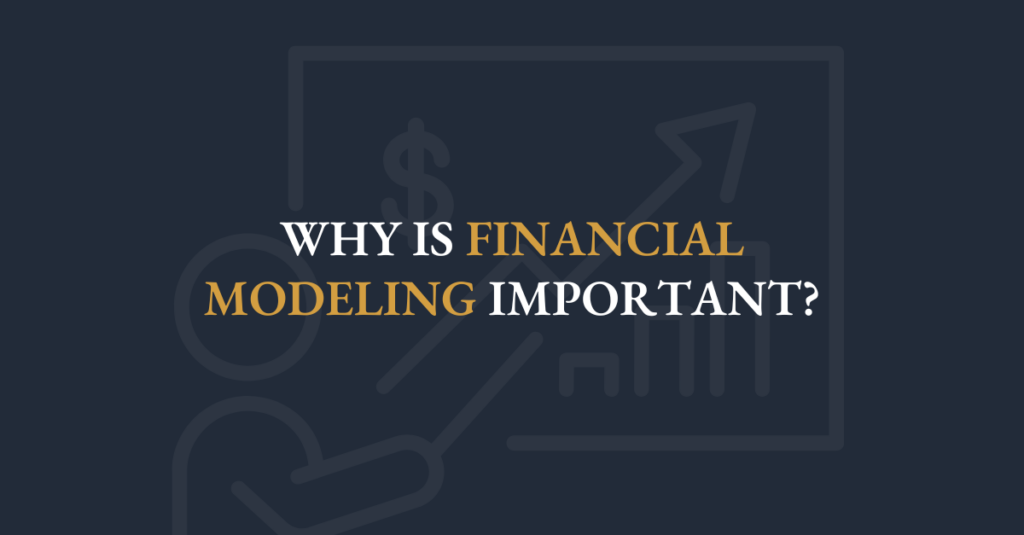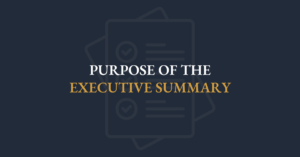
Financial modeling is the backbone of strategic decision-making in every corner of the corporate world. By transforming raw data into structured, quantitative analyses, models guide organizations through complex choices, from M&A and capital allocation to budgeting and risk management. Yet a model’s true value emerges only when its numbers are woven into a clear narrative. In this way, stakeholders not only see the what, but also understand the why and the how behind each recommendation. For those seeking to develop or advance a career in financial modeling, mastering both the technical constructs and the storytelling craft is essential. Explore more on the Careers in Financial Modeling page.
Top Decisions Informed By Financial Models
Financial models play an important role in guiding organizations towards informed decision-making. They serve as tools for analyzing scenarios and generating insights to shape business strategies.
Here are the primary types of decisions derived from financial models, and their significance in corporate environments.
1. Valuation and Investment Decisions
Companies use models to answer questions like: Should we buy another company? If so, how much should we pay?
2. Go or No-Go Decisions
Models are used to determine if a company should invest in a new project or opportunity.
3. Credit and Leverage Buyout Decisions
Models can provide detailed insights that allow for effective credit and financing decisions.
4. Planning and Budgeting Decisions
Key decisions with respect to staffing, resource allocation and other planning decisions can come from well-built models.
5. Mergers and Acquisitions Decisions
Modeling is responsible for providing the insights to make the best M&A decisions
6. Credit Evaluation and Risk Assessment
Financial models are crucial for evaluating creditworthiness, analyzing loan terms, assessing credit risk and enabling informed lending decisions.
7. Investment Decisions (Buy or Sell)
Models provide insights to decide whether to buy, hold, or sell investments, ensuring alignment with financial goals and risk tolerance.
8. Research Forecasts and Price Targets
Analysts use models to generate price targets and forecast performance, guiding investment strategies and market outlooks.
9. Valuation and Security Analysis
Financial models are fundamental for determining the intrinsic value of securities, aiding in investment decisions and portfolio management.
10. Leverage Buyouts (LBO)
Detailed modeling is essential for evaluating the feasibility of LBOs, assessing debt levels, and predicting returns.
11. Operational and Budgeting Decisions
From headcount planning to marketing spend allocation, financial models inform resource distribution and operational planning.
12. Sensitivity and Risk Management
Scenario and sensitivity analysis in models help businesses identify risks and prepare for different outcomes, enhancing strategic resilience.
Why A Model Needs To Tell A Powerful Story
Storytelling is a powerful tool in the finance industry, it is often overlooked. A 3-statement financial model is just one part of the story. To create a comprehensive narrative, an executive summary, clear assumptions, and all scenarios must be laid out, giving the story a beginning, middle, and end.
When conveying the story of a financial model, conciseness and ease of understanding are crucial. Executives typically seek a summary of the model first, followed by curiosity about the assumptions used in its creation. Subsequently, the story delves into the base, best, and worst-case scenarios that were considered, concluding with all the schedules and statements that form the model.
By captivating attention throughout the entire storytelling process, you can instill confidence in connecting the dots flawlessly within an error-free financial model, adhering to the best practices of an Advanced Financial Modeler.
Ultimately, a well-crafted story outlining various scenarios, supported by accurate data and simple formulas, empowers decision-making. When coupled with great models and a compelling narrative, strategic decisions become clearer and more effective.
Here is why a model needs to tell a powerful story:
1. Capture Attention
As you tell the story, be sure to lay out your details clearly and succinctly in a way that builds understanding.
2. Create Confidence
Financial storytelling demands good analysis based on accurate, up-to-date and relevant information.
3. Enable Decision Making
As you guide your reader through the analysis, be sure to provide a clear set of takeaways they can come back to.













